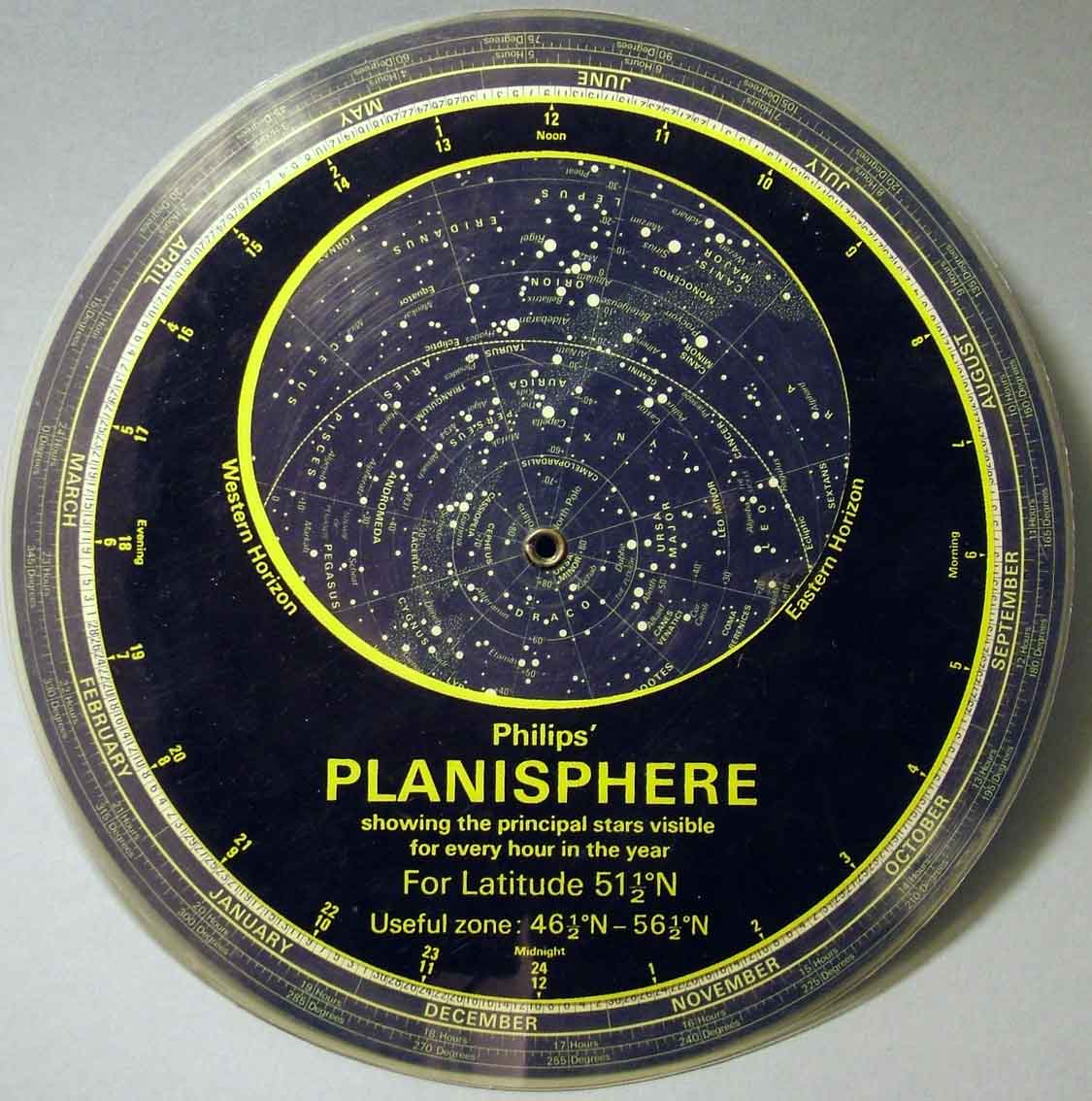Planisphaerium on:
[Wikipedia]
[Google]
[Amazon]
 The ''Planisphaerium'' is a work by
The ''Planisphaerium'' is a work by
 The word planisphere (Latin planisphaerium) was originally used in the second century by Ptolemy to describe the representation of a spherical Earth by a map drawn in the plane.
Journal of the British Astronomical Association
yr:1995 pg:35
*
The word planisphere (Latin planisphaerium) was originally used in the second century by Ptolemy to describe the representation of a spherical Earth by a map drawn in the plane.
Journal of the British Astronomical Association
yr:1995 pg:35
*
"Ptolemy on Astrolabes"
Ancient Greek mathematical works Astronomy books Works by Ptolemy {{sci-hist-stub
 The ''Planisphaerium'' is a work by
The ''Planisphaerium'' is a work by Ptolemy
Claudius Ptolemy (; grc-gre, Πτολεμαῖος, ; la, Claudius Ptolemaeus; AD) was a mathematician, astronomer, astrologer, geographer, and music theorist, who wrote about a dozen scientific treatises, three of which were of importanc ...
. The title can be translated as "celestial plane" or "star chart". In this work Ptolemy explored the mathematics of mapping figures inscribed in the celestial sphere
In astronomy and navigation, the celestial sphere is an abstract sphere that has an arbitrarily large radius and is concentric to Earth. All objects in the sky can be conceived as being projected upon the inner surface of the celestial sphere, ...
onto a plane
Plane(s) most often refers to:
* Aero- or airplane, a powered, fixed-wing aircraft
* Plane (geometry), a flat, 2-dimensional surface
Plane or planes may also refer to:
Biology
* Plane (tree) or ''Platanus'', wetland native plant
* ''Planes' ...
by what is now known as stereographic projection
In mathematics, a stereographic projection is a perspective projection of the sphere, through a specific point on the sphere (the ''pole'' or ''center of projection''), onto a plane (geometry), plane (the ''projection plane'') perpendicular to ...
. This method of projection preserves the properties of circles.
Publication
Originally written inAncient Greek
Ancient Greek includes the forms of the Greek language used in ancient Greece and the ancient world from around 1500 BC to 300 BC. It is often roughly divided into the following periods: Mycenaean Greek (), Dark Ages (), the Archaic peri ...
, ''Planisphaerium'' was one of many scientific works which survived from antiquity in Arabic
Arabic (, ' ; , ' or ) is a Semitic languages, Semitic language spoken primarily across the Arab world.Semitic languages: an international handbook / edited by Stefan Weninger; in collaboration with Geoffrey Khan, Michael P. Streck, Janet C ...
translation. One reason why ''Planisphaerium'' attracted interest was that stereographic projection was the mathematical basis of the plane astrolabe
An astrolabe ( grc, ἀστρολάβος ; ar, ٱلأَسْطُرلاب ; persian, ستارهیاب ) is an ancient astronomical instrument that was a handheld model of the universe. Its various functions also make it an elaborate inclin ...
, an instrument which was widely used in the medieval Islamic world. In the 12th century the work was translated from Arabic into Latin by Herman of Carinthia
Herman of Carinthia (1105/1110 – after 1154), also called Hermanus Dalmata or Sclavus Dalmata, Secundus, by his own words born in the "heart of Istria", was a philosopher, astronomer, astrologer, mathematician and translator of Arabic works int ...
, who also translated commentaries by Maslamah Ibn Ahmad al-Majriti
Abu al-Qasim Maslama ibn Ahmad al-Majriti ( ar, أبو القاسم مسلمة بن أحمد المجريطي: c. 950–1007), known or Latin as , was an Arab Muslim astronomer, chemist, mathematician, economist and Scholar in Islamic Spain, ac ...
. The oldest known translation is in Arabic done by an unknown scholar as part of the Translation Movement in Baghdad
Baghdad (; ar, بَغْدَاد , ) is the capital of Iraq and the second-largest city in the Arab world after Cairo. It is located on the Tigris near the ruins of the ancient city of Babylon and the Sassanid Persian capital of Ctesiphon ...
.
Planisphere
 The word planisphere (Latin planisphaerium) was originally used in the second century by Ptolemy to describe the representation of a spherical Earth by a map drawn in the plane.
Journal of the British Astronomical Association
yr:1995 pg:35
*
The word planisphere (Latin planisphaerium) was originally used in the second century by Ptolemy to describe the representation of a spherical Earth by a map drawn in the plane.
Journal of the British Astronomical Association
yr:1995 pg:35
* Planisphere
In astronomy, a planisphere () is a star chart analog computing instrument in the form of two adjustable disks that rotate on a common pivot. It can be adjusted to display the visible stars for any time and date. It is an instrument to assist ...
References
External links
"Ptolemy on Astrolabes"
Ancient Greek mathematical works Astronomy books Works by Ptolemy {{sci-hist-stub